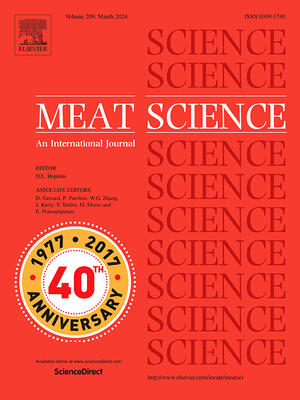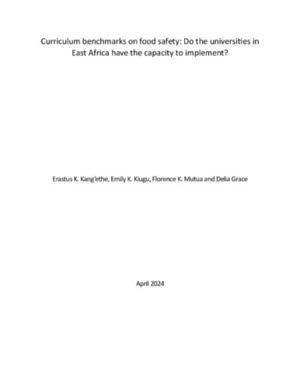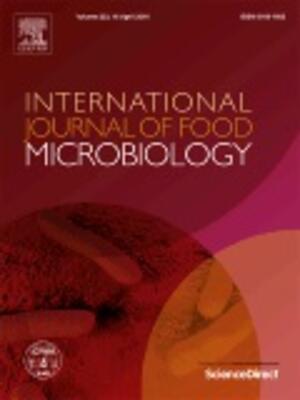
Limiting the spillover of zoonotic pathogens from traditional food markets in developing countries and a new market design for risk-proofing
Abstract
Traditional food markets are age-old systems that primarily serve the food supply needs of society's less affluent sectors, often operating with minimal infrastructure. These markets are prevalent in low and middle-income countries. However, their hygienic conditions are frequently suboptimal, potentially fostering the emergence and spread of putative zoonotic diseases. The recent emergence of zoonotic or potentially zoonotic diseases and their possible links to traditional food markets underscore the need for focused attention on this overlooked issue. The socio-economic characteristics of traditional food markets reveal that despite the risk of zoonotic pathogen spread, these markets play a crucial role for large segments of the population. These individuals rely on such markets for their livelihood, food, and nutrition. Therefore, a comprehensive set of measures addressing various aspects of traditional food markets is necessary to manage and mitigate the risks of potential zoonotic disease emergence. In this article, we explore various facets of traditional food markets, paying special attention to the risks of zoonotic diseases that urgently require stakeholder attention. We also propose a new market design to prevent the risk of zoonotic spillover and advocate for the development of a Market Hygiene Index (MHI) for these markets.
Citation
Ghatak, S., Srinivas, K., Milton, A.A.P., Priya, G.B., Das, S. and Lindahl, J.F. 2023. Limiting the spillover of zoonotic pathogens from traditional food markets in developing countries and a new market design for risk-proofing. Epidemiology and Health 45: e2023097.









